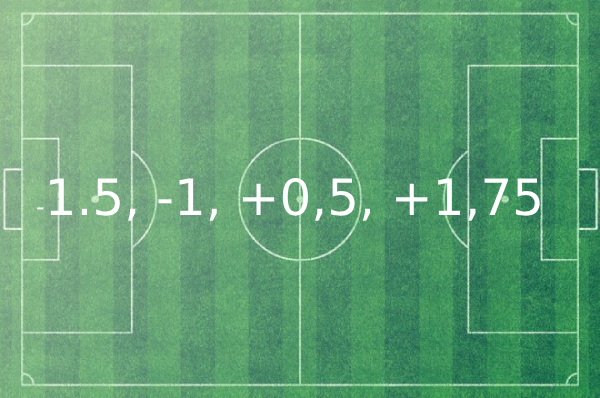
Asian handicap betting is quite popular among the many various kinds of bets you can make on a football match, although it is widely used for other sports nowadays. Particularly in Asia, where the name comes from. It’s analogous to the puck line in hockey or the run line in baseball. It’s a type of betting that favors the underdog side and eliminates the draw option for gamblers, giving the underdog team an increased chance of winning.
Where Does The Term Asian Betting Handicap Come From?
Joe Saumarez Smith, a British reporter, was contacted by someone from Indonesia in 1998. The particular person asked the journalist to translate the word “Hang Cheng” for them, and Joe decided that the term “Asian Handicap” was the best alternative. Since then, this phrase has referred to that specific betting method.
The betting approach is still called “Hang Cheng” until now in several Asian nations where it is employed. Even though the concept originated in Asia, it is now widely used in most betting markets. In the far east, the particular handicap system was more popular. Although the concept has been around for a long time, western countries did not use it until around three decades ago.
How Does The Asian Handicap Work In Betting?
The Asian Handicap is a sort of bet that is used in a variety of sports to compensate for the mismatch that two teams playing each other may have. Also, the Asian Handicap adjusts both teams’ odds to be evenly spread out, bringing the winning chance for either bet approximately 50 percent.
This can be achieved by assigning a handicap to a team that wins or loses by adding or subtracting their final goal total. The critical distinction is that you can get your money back if a team exceeds or falls below the handicap threshold.
So that means, in matches when one team is considered a solid favorite to win, Asian Handicap betting offers higher value. Because the odds on the superior team are usually unappealing, the Asian Handicap bet adds some heat to what would otherwise appear to be a sure thing. As a result, bookies devised the Asian Handicap to offer balance to an unbalanced matchup and allow bettors to approximate a 1x2 betting model. That means Asian handicap betting is similar to ordinary handicap betting in that one of the participating teams is given a notional advantage or disadvantage.
What Are The Popular Types Of Asian Handicap Betting
Most Sportsbooks won’t provide you with a full explanation of the kinds of handicaps. Although this topic may be challenging to grasp, it is critical because it is one of the most popular ways to bet with an Asian handicap.
Handicap Full Lines
Full line Asian Handicaps are those with rounded numbers like 1,2,3 and so forth. These lines will be denoted a (-) minus sign for the favorite and a (+) plus sign for the underdog. Thus, if you take a side at -1 goal, for example, and they win with the final score of 1-0, the wager will be void, and your bet will be returned. You will eventually win if the score difference is greater than two points. And you will forfeit the wager if the game ends in a tie or loss.
Handicap Half Lines
Half line Asian Handicaps contain values ending in .5 and ranging from +/- 0.5, 1.5, 2.5, and so forth. The half line 0.5 in Asian Handicap betting implies that the side you bet on starts the game with an excellent Asian Handicap value of 0.5 goals. This means you will win whether the team you bet on wins or if the game ends in a tie, and you’ll lose your stake if the team loses.
Another example is if you back a side of -1.5 goals, you are assured of winning by two or more. You’ll lose the bet if football team has won by less than its margin if there’s a tie or the team loses.
Handicap Quarter Lines
Quarter line Asian Handicaps are distinguished from full and half lines by having values of .25 or .75. When you bet on Asian Handicap with a quarter line -0.25, you’re betting that aside from a negative Asian Handicap value, you will start the match with a -0.25 goal disadvantage. This means that if a team you bet on wins the game, you’ll win the bet. However, if the team loses, you’ll lose your wager, but you will receive half of your bet back if the match ends in a tie.
Final Thoughts
One of the most apparent advantages of Asian Handicap Betting is that it can avoid the draw, which is generally the bane of most bettors’ Midweek wager as draws are eliminated from the calculation when quarter or quarter or half goal bets are chosen.
Even if it appears complicated at first, Asian handicap can be a terrific technique to reduce your risk once you learn the game. Traditional bets give bettors a 30/70 chance of winning a bet, while the Asian Handicap gives you a 50/50 chance of winning while still allowing you to profit.






























.png?v=1.014689135)





